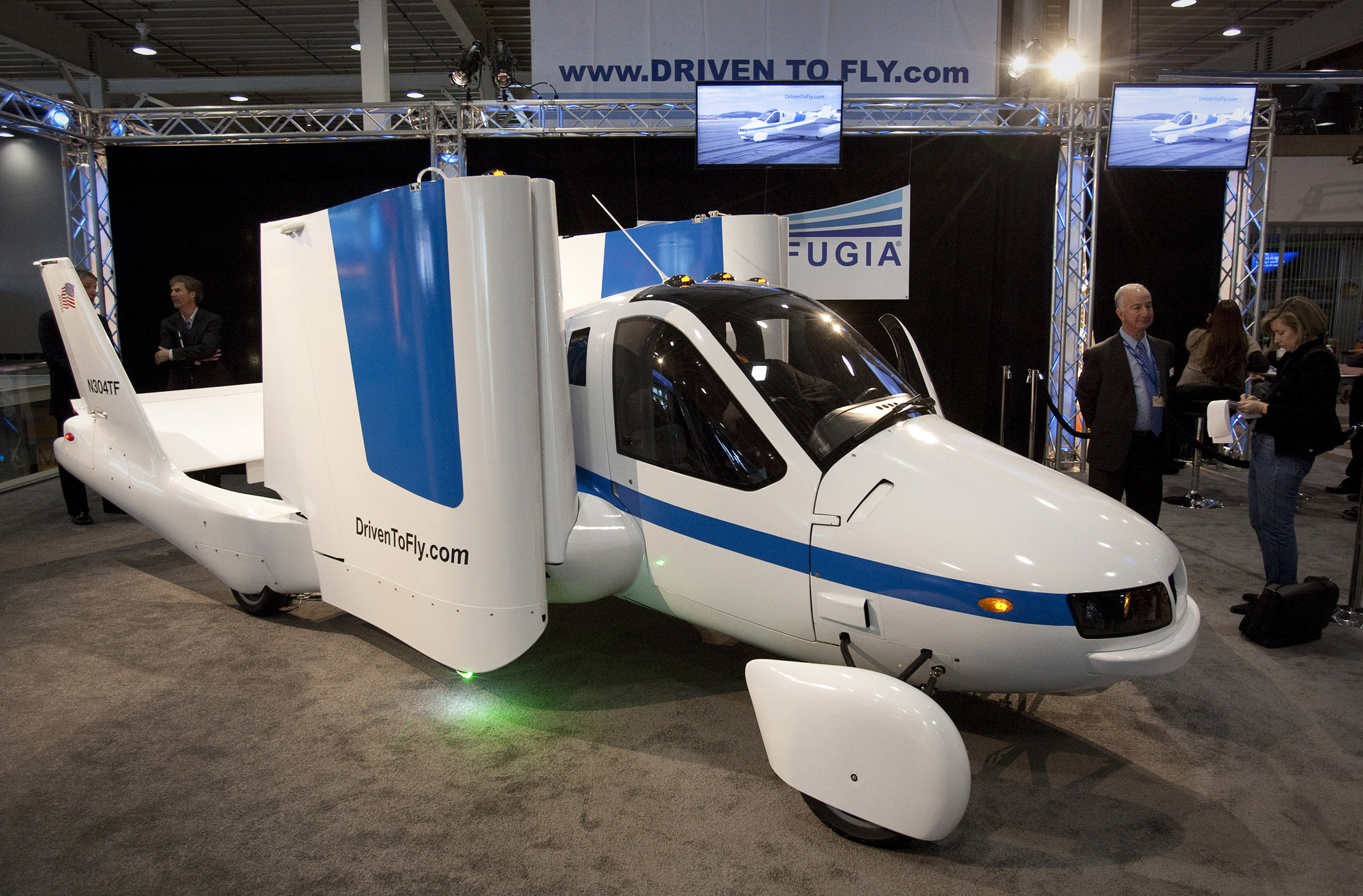For nearly two decades, Shanghai's spindly skyline has inspired comparisons to the dystopian Los Angeles of Ridley Scott's futurist-noir film "Blade Runner." There's wild architecture, giant video billboards and horizon-obscuring smog. The only things missing are the flying cars zipping between buildings.
That may soon change. Last week, China's Zhejiang Geely Holding Group Co. acquired Terrafugia Inc., a Boston-based company that plans to start selling flying cars by 2019. It's the most prominent Chinese investment yet in an industry that's attracting the talent and capital of some of the world's most prominent entrepreneurs and investors. And it marks an important advance for a technology that could reshape the 21st-century city.
Flying cars have been just around the corner since at least 1924, when Popular Science published an article headlined "Flying Autos in 20 Years." But thanks to recent advances in lightweight materials, batteries and autonomous-vehicle software, they're now coming much closer to reality.



















With your current subscription plan you can comment on stories. However, before writing your first comment, please create a display name in the Profile section of your subscriber account page.